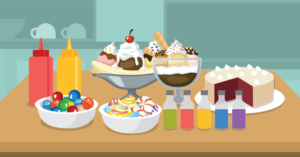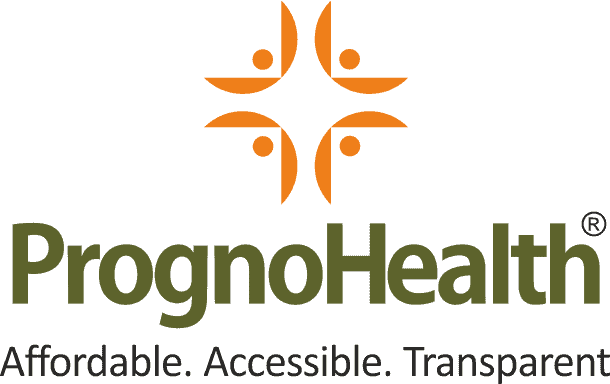PrognoHealth – Corporate Health & Wellness Specialist
Contact Us
+91 9510650660
Email Us
corpsales@prognohealth.com
Contact Us
+91 9510650660
Email Us
corpsales@prognohealth.com
HEALTH HAZARDS OF FOOD COLOURS
Does the flaming orange of the tandoori chicken or the shimmering blue and pink of cake icing or the rich red of chili powder make your mouth water? Beware, these enticing food colors may not merely be cosmetic, they may actually cause you harm.

What are Food Dyes?
Food dyes or colors are chemical dyes, pigments, or substances used to enhance or change the color of processed, packaged, or instant foods. Unless approved (certified) by government agencies, such as the Food and Drug Administration (FDA) in the US, many of these colors could be dangerous to consume.
Food colors are added for a variety of reasons to make stale food look fresh (such as broccoli, red carrots, tomatoes, and other green vegetables), to make food look more attractive (such as cakes, pastries, cold drinks), to protect the vitamins and minerals that can be affected by sunlight or to pretend that something else has been used (like yellow color instead of real saffron).

Why We Should Avoid Food Dyes?
• They are often made in labs with chemicals derived from coal tar and petroleum.
• They have been linked to long-term health problems such as cancer, chromosomal damage, tumors, asthma, allergies, etc.
• Synthetic food dyes may increase hyperactivity in children and also affect their ability to leaned + They do not add any nutritional value to foods, in general.
• They cause obesity by attracting children and adults to eat processed foods, instead of fresh whole and natural foods.
Dyes Approved by FDA
In the US, seven artificial colors are approved for use in food:
• Blue No. 1- Brilliant Blue
• Blue No. 2 – Indigotine
• Green No. 3 – Fast Green
• Red No, 40 – Allura Red
• Red No. 3 – Erythrosine
• Yellow No. 5 – Tartrazine
• Yellow No. 6 – Sunset Yellow
Food colors do add appeal and make foods look more appetizing, especially for children. But natural and healthy dyes and colors are always better than synthetic ones, though they may not be as bright in color. Natural food colors and dyes are derived from plant, animal, and mineral sources such as seeds, fruits, vegetables (beetroot, red cabbage, carrot), algae, grass, and turmeric.
Be alert, read the labels of packaged foods that you buy, including juices, pickles, chips, snacks, cereals, flavored milk. Learn more about unsafe food colors and avoid them. Try to eat more natural foods and less processed foods. Inculcate healthy habits in children, so they too eat healthy and natural.
Blog Categories
Top rated products
-
 FB Health Checkup I
Rated 5.00 out of 5
FB Health Checkup I
Rated 5.00 out of 5₹3,000.00Original price was: ₹3,000.00.₹1,770.00Current price is: ₹1,770.00. -
 Healthy Life Male
Rated 0 out of 5
Healthy Life Male
Rated 0 out of 5₹18,000.00Original price was: ₹18,000.00.₹9,900.00Current price is: ₹9,900.00. -
 Complete Men’s Health Profile – 40+ – 136 Parameters
Rated 0 out of 5₹2,899.00
Complete Men’s Health Profile – 40+ – 136 Parameters
Rated 0 out of 5₹2,899.00 -
 OFFICE STAFF PACK II
Rated 0 out of 5
OFFICE STAFF PACK II
Rated 0 out of 5₹2,400.00Original price was: ₹2,400.00.₹1,320.00Current price is: ₹1,320.00. -
 FB Health Checkup III
Rated 0 out of 5₹11,000.00
FB Health Checkup III
Rated 0 out of 5₹11,000.00
About Us
Progno Health is a Corporate Health & Wellness Specialist providing services to Pan India. We offer Pre-employment Health Checkup Packages, Annual Health Checkup Packages, Executive Health Checkup Packages, Occupational Health Checkup Packages, and other Health & Wellness Services.




